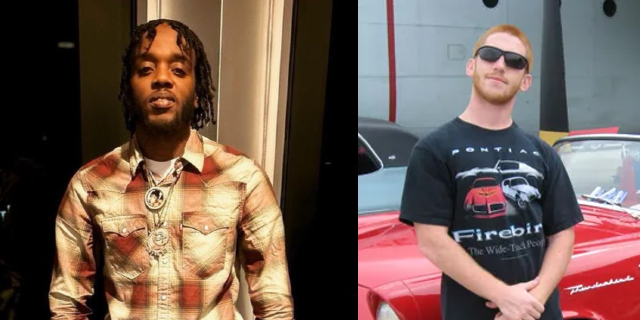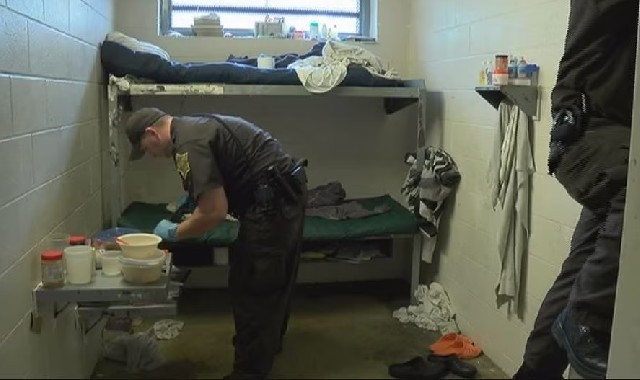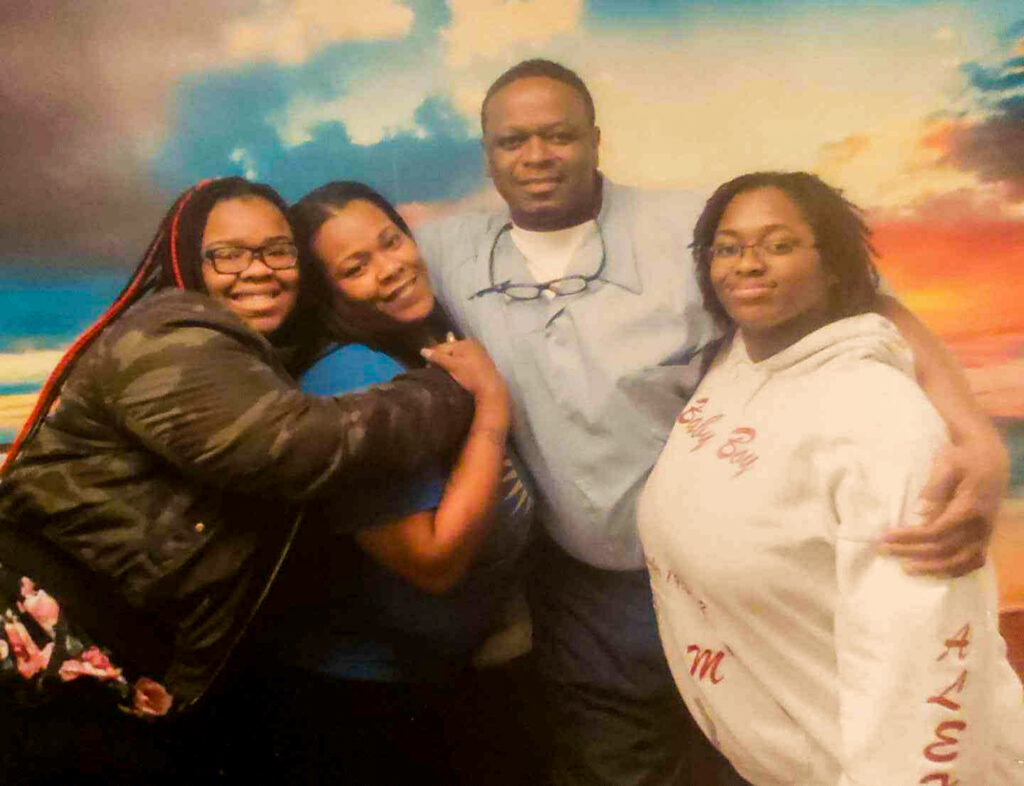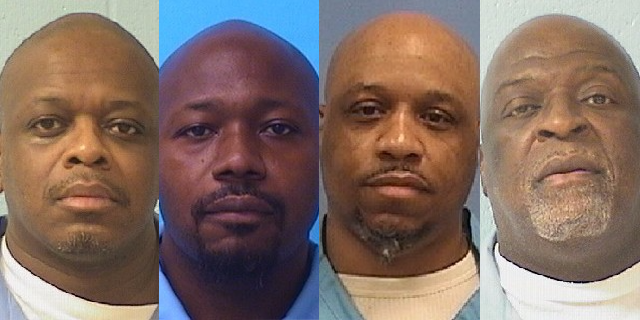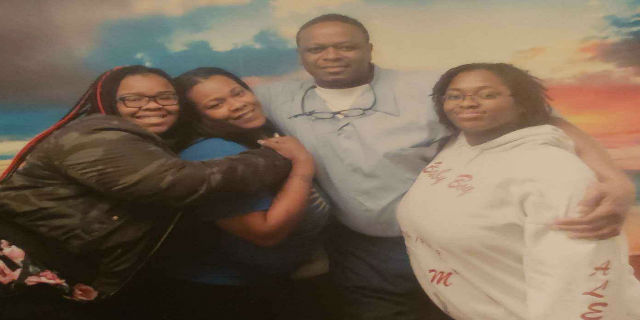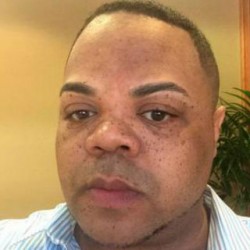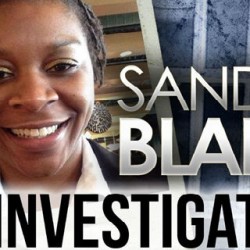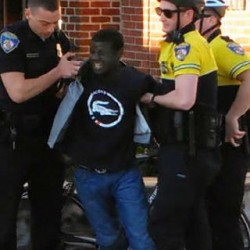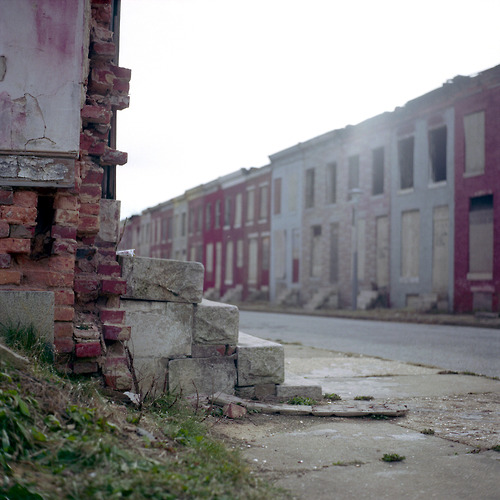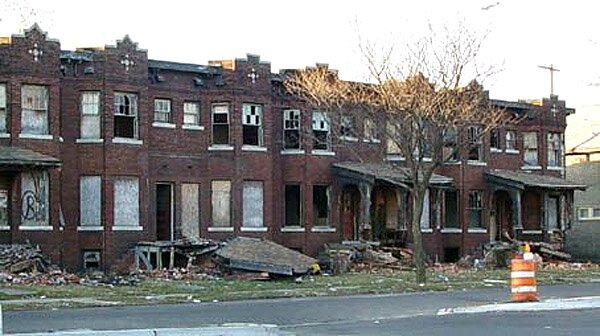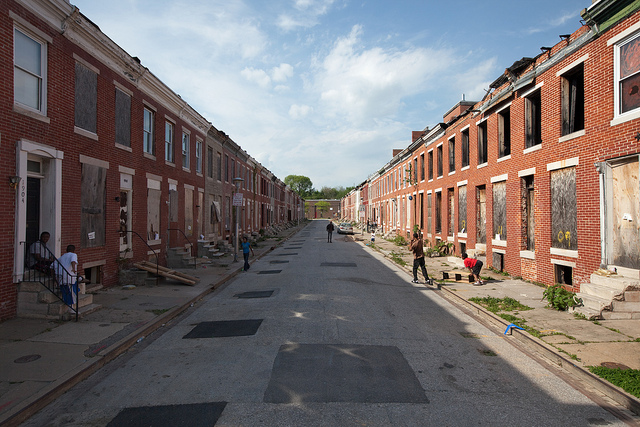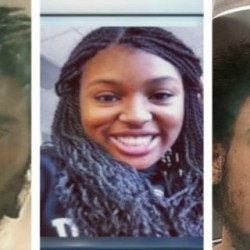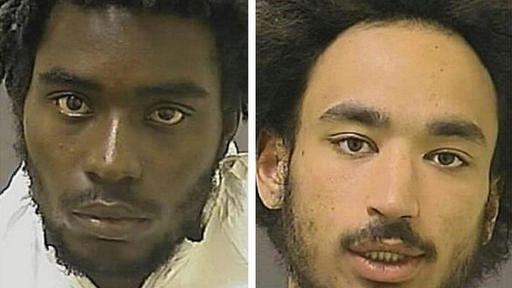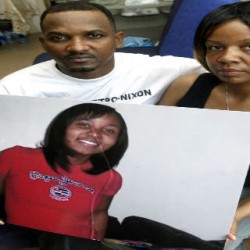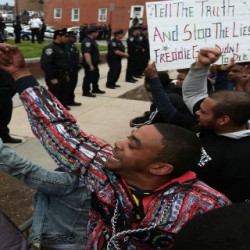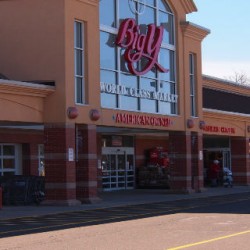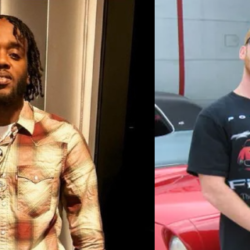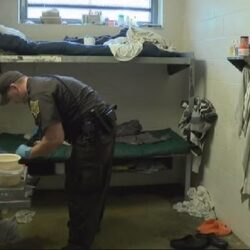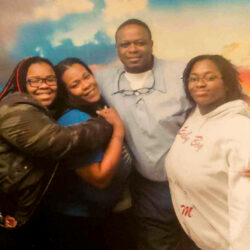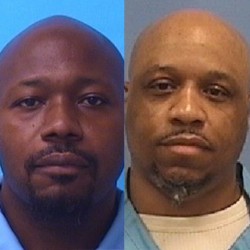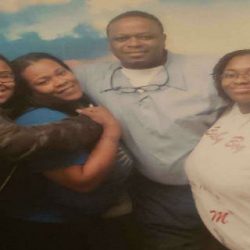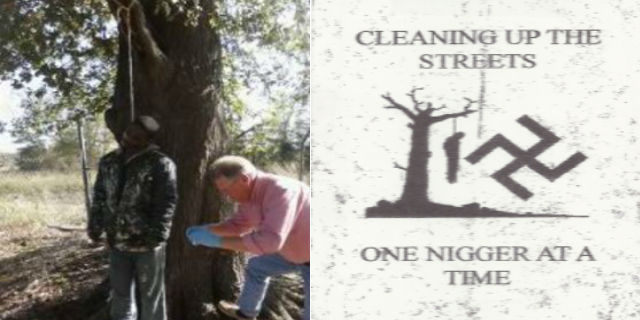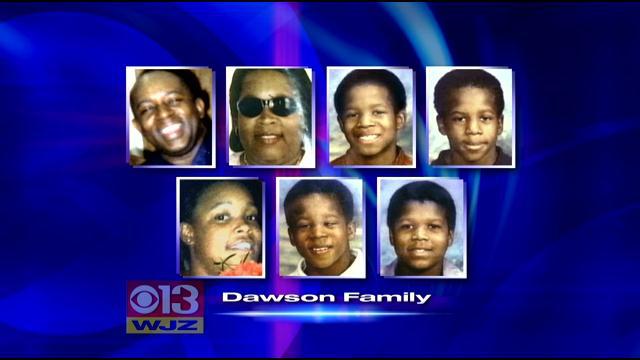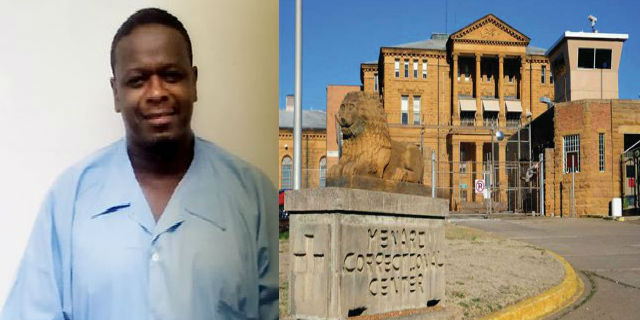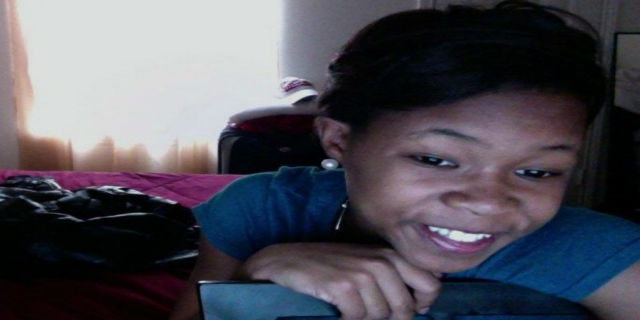
In the three years since her daughter was murdered in a Stone Mountain Georgia apartment, there have been lots of tears, few leads, and very perplexing perspectives offered by many surrounding the death of young Vanessa Marie Malone, who was affectionately known by family and friends as “Honey.” Her mother says that she can’t unravel why anyone would want to kill her daughter, and believes that the killer(s) are known, but those who know aren’t cooperating with police. The teen’s brutal slaying has been described by authorities and others following her case as a cowardice act by heartless thugs who shot the young petite frame woman in the back. Since her killing nearly three years ago, the only consistent aspect of her tragic story is the bizarre nature of her demise that has been offered by those around her when she died.
The stories given to police alone are compelling related to the honesty and credibility of Travares Benford and India Smith who say they were victims of a home invasion, that resulted in young Vanessa being slain. For two people who say they were laying in bed together when the front door of the apartment was allegedly kicked in, their accounts of what actually happened couldn’t be more contrasting. He said that there were three gunman, while she told cops that there were four to six armed masked men who stormed into their Hampton Village Apartments in Stone Mountain on October 23, 2012. The pair also claim to have been tied up and forced to lay down in the bathtub, while the gunmen ransacked the apartment. There was also a third person allegedly in the apartment that night. A man who witness say goes by the name “Mercy.” Although he was also an alleged victim of the home invasion, no details have ever been given indicating his whereabouts while the crime was in progress.
It was at this time that Smith says she heard Vanessa come into the apartment. Whether she came in the front door or a rear sliding patio door, an aspect of the case under debate, the belief has always been that she walked in on a robbery in progress. Smith indicated to police that she heard a loud scream followed by gun shots, and then overheard some one bring Vanessa back into the apartment, followed by more shots. The pair claim that they remained in the bath tub for twenty more minutes out of fear, and then untied themselves and notified police. When the police arrived they found the Malone teen in a rear bedroom. Her lifeless body had been placed inside of a closet. Benford and Smith were outside of the apartment awaiting police arrival, while the “Mercy” character had seemingly disappeared without talking to police. The fact that he left without giving police a statement has always been very problematic. The reality that he had outstanding arrest warrants for handgun charges unrelated to the Malone killing may offer some rationale as to why he left the scene, but TPC has discovered troubling facts about his actual whereabouts during the course of police crime scene investigations.
Sources tell TPC that “Mercy” had not actually fled the scene as originally thought. He was allegedly in the apartment above the one where Malone was killed. This unconfirmed report may shed new light on the entire matter, and could challenge the extent of crime scene investigations that police carried out the night Malone was murdered. Now there is concern whether police conducted field interviews with neighbors and other members of the community to ascertain if anyone observed activity in the area that could offer clues as to who the perpetrator(s) were. If police followed standard investigative procedure, then its unclear why “Mercy’s” whereabouts wasn’t determined that night. More importantly, why wouldn’t the resident living in the above apartment tell the cops that he was there. He could very well have been in possession of the murder weapon, and silence from this neighboring tenant may prove to be interference with a police investigation, as well as obstruction of justice.
This newly discovered dynamic may indicate that Benford and Smith also new that “Mercy” was upstairs in a neighboring apartment while the cops where there conducting their investigation. Think about that for a moment. If all three of the victims in the alleged home invasion were complicit in concealing the whereabouts of one the people who was at the apartment during the crime, it cast tremendous doubt on the reliability of their entire story given to the police regarding what they say happened that night. Its a very substantial piece of information if determined to be factual. Why on earth would anyone believe what these people had to say went on in that apartment the night Vanessa was killed? While “Mercy” was allegedly taken into custody the following day on unrelated gun charges, the deception that Benford and Smith may have served up to cops pertaining to his location, is extremely troubling and creates a volume of concern regarding any potential follow up investigations that police authorities may have conducted in the community during the years after this heinous crime.
The source who provided this new information didn’t reveal the name of the tenant who lived at the neighboring apartment during the time Vanessa was killed, but its a piece of information easily obtainable by police investigators. It seems as though a follow up interview with that resident is in order. Even if the cops have concluded that Benford and Smith were unaware of the third victim’s whereabouts after the crime (I don’t see how), any rumors suggesting that others were responsible for concealing potential evidence in a murder investigation should be relentlessly pursued by the police. In essence, there may have been four people who lied to police that night, and considering the fact that we’re focusing on an actual murder case, the obvious question has to be why did they lie? The rationalization that “Mercy’s” disappearance was surrounding an attempt by him to elude police capture for an unrelated crime is perhaps plausible to an extent, but the willingness of others to aid in this guy’s intentional avoidance of having an encounter with the police that night, may be indicative of him being involved in the crime that took place in the apartment directly below where he was allegedly hiding from cops.
Maybe its just me, but a man wanted by the cops for a gun charge disappears from the scene of a murder, and is able to hole up in a neighboring apartment, undetected, and throughout the entire course of what I’m sure was a lengthy police investigation is just incredulous. What did he do to insure that Benford, Smith, and the neighbor didn’t reveal his location? According to other sources, “Mercy” was arrested with a gun on his person the next day, and he may have used it to threaten others to keep them from giving him up to police. Without giving the impression of merely projecting conjecture related to this element of the case, the reality of the apartment where Vanessa was killed being a drug “trap house” is even more disturbing detail surrounding the potential motives of “Mercy,” Benford, and Smith collectively. Specifically, the inability to get out of the apartment upon discovering that someone was breaking the door down. Neither of them told cops that the home invaders identified themselves as police, so it doesn’t take rocket science to process that the people on the other side of the door trying to get inside the apartment were probably some really bad people. The lack of urgency to get out, get help, or defend themselves in such a scenario, and all while knowing full well that drugs are being stashed in the house, makes their stories entirely unbelievable.
Motive for Murder
Another element of this entire murder mystery that hasn’t been widely publicized is the fact that the apartment where the Malone teen was killed is a drug house that had been robbed several months prior to the alleged home invasion that resulted in Vanessa’s death. From the very start I have always fostered the belief that Vanessa was blamed for something, and that’s the sole premise for her killing. My perspective derives from interviews conducted with people close to her, and who have all collectively stated that Vanessa regarded Benford and Smith as friends. So, if we don’t adopt the home invasion story, why would so called friends kill Vanessa? That’s a question that many followers of this tragic story have been wondering. The limited information available coupled with police keeping their findings concealed, doesn’t offer much insight into the case to establish whether there was DNA or other forensic evidence left at the crime scene to corroborate the home invasion story. For now, the cops appear to be following the robbery theory, but you never know what’s being conducted in the backdrop of criminal investigations, especially a murder case.
However, Vanessa’ mom may have been provided some clues as to why her daughter was killed. Ms. Flora Malone advised TPC that there are people within the community who have conveyed to her that Vanessa was killed because she was setting people up to be robbed. “They told me that they heard Vanessa use to do stuff like that. Did they actually see her do it, or hear her talking about it? These are just people who don’t know my daughter,” she said. Malone’s account of the chatter within the community related to Vanessa’ murder may be a tipping point that explains who and why Vanessa was gunned down. She describes her daughter as a very caring, forgiving, and sweet person who could never indulge in such action that is being portrayed about her character in the streets. “Vanessa didn’t have much when she died. She had her little job and a few dollars in the bank. All of the jewelry she wore was mine, and I know she wore a lot of nice shoes sometimes, but they were her older sister Cassaundra’s shoes.”
The mother and I discussed the culture within the black community related to perceptions often being formulated about others, where jealousy and hatred for people are often developed over the most mundane or banal circumstances. If there was a perception that Vanessa was involved as a conspirator in robberies and other crimes, that perception might expose a motive for why she was killed. Additionally, if that’s the mindset that has been adopted within the community, then perhaps it may explain why there has been very little momentum in her case which at this juncture, is heavily dependent upon cooperation from the public. “The stories that people are saying about my daughter couldn’t be more far from the truth. Some people are saying these kinds of things, just to have something to say or be involved in her case. Vanessa got along with everybody, and was very trusting of people,” her mom said. That trust may have been the very element of this case which caused her untimely demise.
The night Vanessa left the house for the last time she said she was on her way to a friend’s house. “My daughter wasn’t the kind of person who just showed up at your door unannounced. She was very respectful about that kind of thing, and I’m sure that they knew she would be coming, because she probably text them in advance.” Ms. Malone’s perspective adds fuel to my initial belief that who ever killed Vanessa was lying in wait for her, and were there for the sole purpose of causing her bodily harm. She may actually have been killed because of the alleged home invasion/robbery that occurred a few months prior at the exact same location where she herself was subsequently murdered. The very fact that this pretty petite female was shot in the back suggest that she may not have even saw her killers as they meted out their vicious attack upon her. I have repeatedly said that Vanessa posed the least threat to anyone at the apartment that night, and for her to be the only person to suffer fatal injury is just very compelling related to her more than likely having been ambushed.
Vanessa had a lot of friends and just like most inner city youth in America, some of those friends were involved in bad things such as drugs. Hell, the government has just about made marijuana legal in every state in the country, so it can no longer be classified as a vital element of the nation’s so called war on drugs. That’s all the young woman did according to her family, hung out with friends, smoked a little pot, and had fun. That sounds like the typical kid coming up in today’s society. Just because she was known to frequent certain homes in the community that were hangouts for smoking weed, doesn’t make her guilty of being involved in setting up “trap houses.” What about some of those other people who hung out at the same homes, and ran with the same circle that Vanessa did? Why weren’t they considered to be people known to set up “trap houses?” Why was Vanessa singled out? Was it because she was a pretty mixed race girl, who was very popular among her peers? Was it female rivalry, animosity, and jealousy? Whatever it was, the entire story circulating about her setting up drug houses has no credibility what so ever.
“Vanessa was a girlie girl. She liked nice things, and liked to look pretty. Both of them are, Cassy is too,” Malone said. To think that rumors being circulated about Vanessa’ involvement in drug house robberies because she hung out smoking pot with others in some of these places, or because of the pride she took in her physical appearance possibly being the premise for such a negative perspective about her character being tossed around the community, which may have ultimately resulted in her tragic ending is simply incomprehensible. During previous interviews with Malone and her oldest daughter Cassaundra, they readily admitted that Vanessa was vulnerable to this kind of violence because she only had her mom and big sister, with no one else who could mount retaliatory actions against the cowards who took her life. How much harm could this small framed female cause anyone. The stories about her involvement in robberies appear to be the kind of vehement cattiness that often derive from female rivalry. It almost makes you want to vomit thinking that some vicious “bitch” may have started rumors about Vanessa, simply because she didn’t like the fact that she could wear a certain kind of shoes. Although this perspective is very disgusting, it appears to be the very origins from which the negative characterizations of Vanessa supposedly being associated with robberies. A bunch of he said, she said, nonsense.
The Potential Involvement of Others
While there is a plethora of suspicion surrounding Travares Benford, India Smith, and the mysterious “Mercy” character, there might also be others who either know exactly what happened, were either complicit in Vanessa’s killing, or had some other role in this heinous crime. One of the very people I describe lives just door steps away from where Ms. Malone formerly resided. At the time of Vanessa’s murder she lived at the 1400 block of Stone Mill Trace with her mom. There were other shady characters whose actions along with statements they made to Vanessa’s family, cast suspicion upon them potentially being involved in the murder. I won’t reveal the name of the subject individual for obvious reasons, but he gave a mutual associate Vanessa’s pocketbook two days after she had been murdered. The person turned the purse over to Cassaundra, Vanessa’s older sister. His story was that Vanessa left the purse at his house just before she was killed. That claim has been sharply refuted by Ms. Malone, who said her daughter would have never left her pocketbook with anyone, especially a person of the likes of the subject male.
I wondered why the male didn’t bring the purse by the Malone home himself, and Ms. Flora advised that the man knew she didn’t like him. There was an incident that occurred at his house back in 2011, roughly a year prior to Vanessa being killed. Ms. Flora explains that Vanessa along with others were known to frequent the older male’s (fifty or older) house to smoke marijuana, and on one occasion a dispute between Vanessa and the man’s girlfriend occurred. According to Ms. flora the woman ordered Vanessa out of the house. Vanessa apparently wasn’t moving fast enough, and the older woman assaulted Vanessa. Ms. Flora said that she never liked the man after that incident, but as for her daughter, she said that Vanessa was a very forgiving person and never held animosity regarding the incident.
Ms. Flora also told TPC that the assault pertaining to her daughter wasn’t the only incident that drew scrutiny of the man by her. On one occasion she says that she drove Vanessa to school, which was located very near their residence, and upon her return home she was approached by the subject male, who initiated a discussion with her about a strange man who had been seen in close proximity of her house. He began telling her that another neighbor had alerted him of the suspicious person seen near the rear of her house. Ms. Malone said that while she was engaged in dialogue with him regarding this alleged suspicious person, she then observed a man crawling out of the corner bedroom of her home. That was the window to her daughter Vanessa’s room. The man began chasing the apparent burglar, who she says he never caught, but she indicated that it was just a highly coincidental and suspicious incident where the man stopped her to discuss burglaries in the neighborhood, when her home was actually being burglarized at that time. Malone says there is no doubt in her mind that the man was involved. She believes that he may have intentionally engaged her in conversation to give the burglar time to rob her home.
Moreover, this is the man who says that Vanessa allegedly left her pocketbook at his home just before she was shot in the back and killed during a so called home invasion. The fact that the man had items belonging to Vanessa that her mom describes as extremely personal, is very problematic. Why didn’t he give her family those personal items that night? I’m sure that the entire community was alarmed at the heavy police presence after her killing, and were gathered around outside trying to find out what happen. Giving Cassaundra her baby sister’ purse who was recently murdered several days after she died, almost appears that he was intentionally waiting to carefully not draw attention to himself. He’s a person within the community that a volume of people say isn’t trustworthy, and a very shady character who offered a completely bizarre story to Ms. Flora pertaining to her daughter.
He claims that Vanessa had text him all day in an effort to borrow three dollars from him. Malone said her daughter had her own money, and if she needed three dollars that Vanessa could have easily obtained that from her, her daughter Cassaundra, or a number of other friends who were close to her. Malone said that she was just baffled at his attempt to make such an absurd story appear believable. “Who did he think was going to believe that story,” she said. The man’s behavior, actions after the murder, and his reputation juxtapose to the mystery surrounding the death of Vanessa Marie “Honey” Malone, along with other suspicious people who had a connection to her within the community are all elements of the case that is just to circumstantial not to warrant close scrutiny of their potential involvement in such a cowardice criminal act.
Despite her daughter’s case seemingly not having any momentum toward finding the people who killed her, Malone says that police authorities have insured her they are continuing to actively pursue leads to solve her murder case. Its just not clear why the cops have denied her pertinent information that could help her find answers to what happen that night. The cops won’t release the 911 recording that was made reporting Vanessa’ killing. In most cases, such information is a matter of public record and is often easily obtainable, but Malone says police have denied her access to the recording. I have suggested to her on multiple occasions to file a Freedom of Information Act Request to force authorities to release it. Malone says that her daughter Cassaundra made attempts to pay fees related to obtaining documents, but was told that the police weren’t going to release the documents. I’m not certain what she was trying to retrieve, but they appear to have made legitimate efforts to get available information about the killing of Vanessa, only to be denied access.
Malone says that she doesn’t even have her daughter’s autopsy report, nearly three years after her killing. This is a circumstance that experts more familiar with laws in the state of Georgia are trying to ascertain the legality of at the request of TPC. Malone says that the only reason she knows where Vanessa was shot on her body, is because when her body was turned over to the funeral director, they advised her where the gunshots were located on her. According to Malone, the coroner would only say that Vanessa had been shot in the torso. These disturbing factors after all of the time that has elapsed is simply unacceptable. Not only have they lost a precious, beloved daughter and sister, but they haven’t been able to even began to grieve.
Malone says that police authorities are preparing to announce a $50,000.00 dollar reward for information leading to the arrest and conviction of the person(s) responsible for the murder of Vanessa Malone. The reward is being offered with the condition that the information be provided prior to October 23, 2015, the third anniversary of her killing. Call 404-577-TIPS (8477) or Text a Tip to “Crimes” (274637) to provide information to the police, and help capture the heartless bastards who snatched this young woman from this world. #Justiceforhoney https://www.facebook.com/JusticeForHoney
The People’s Champion
I’m Crime Writer David B. Adams
 RSS Feed
RSS Feed Twitter
Twitter
